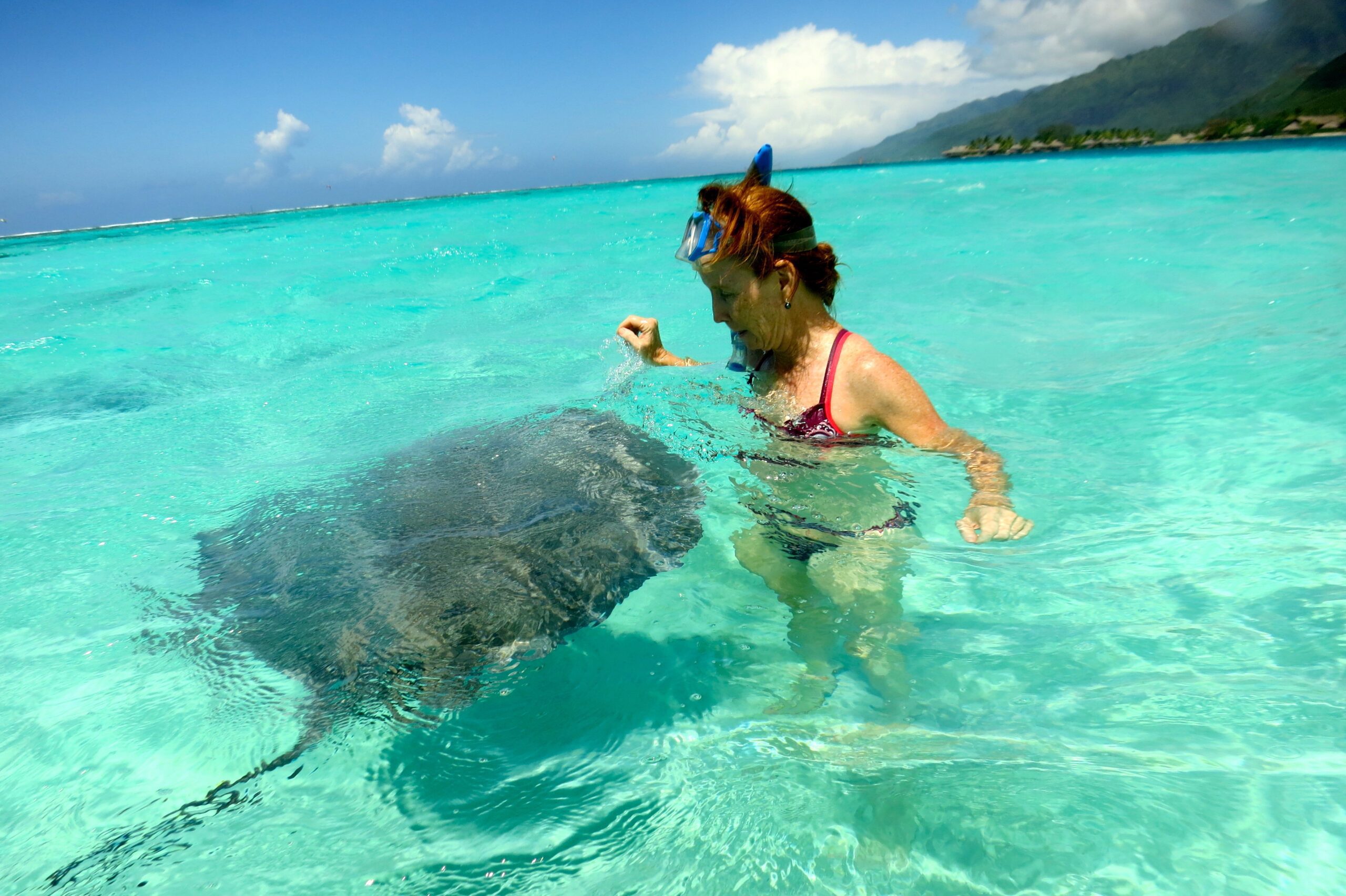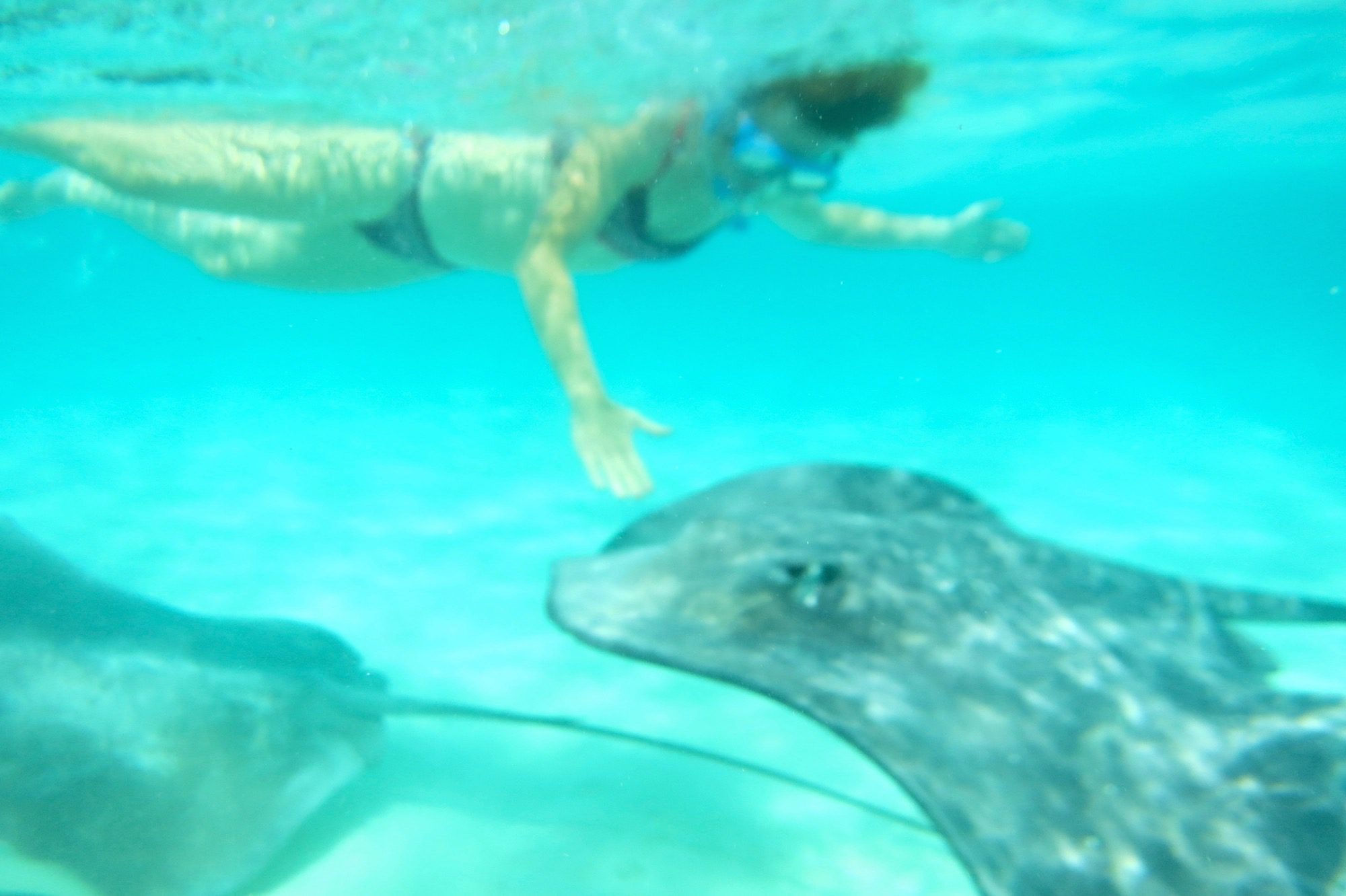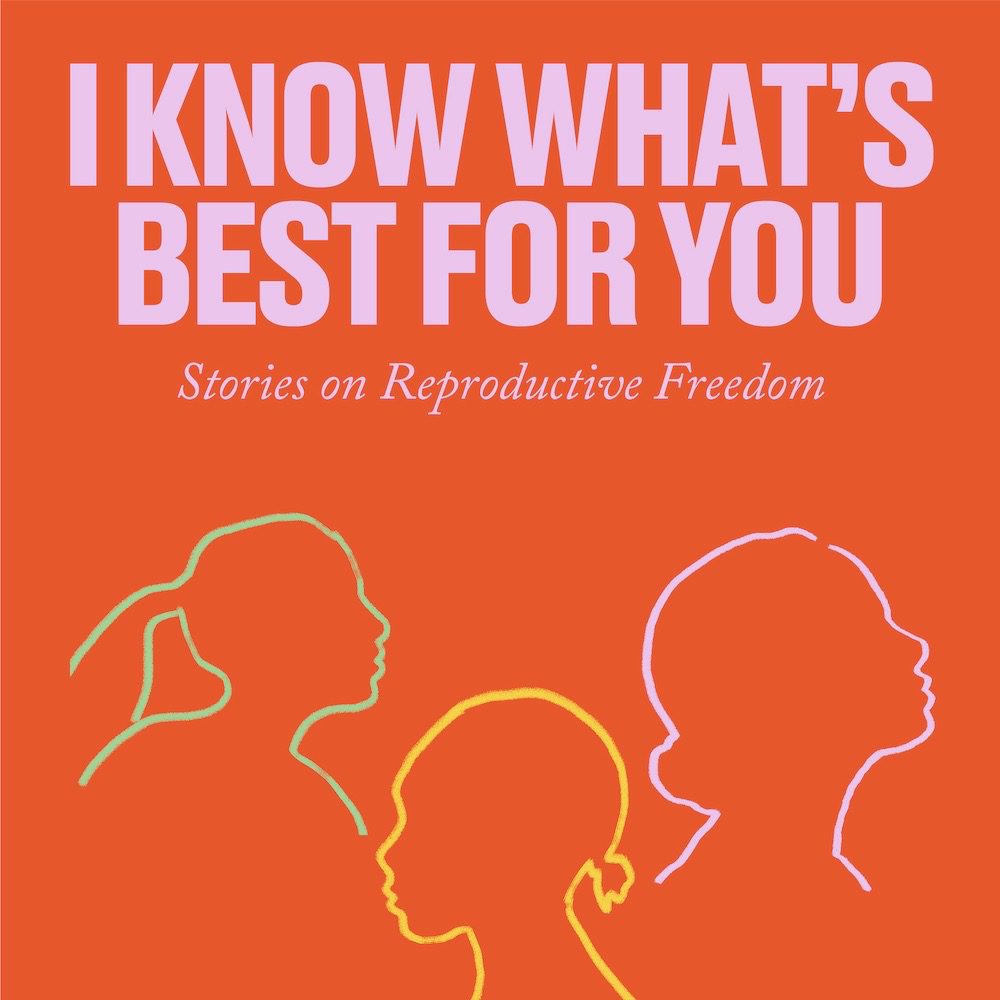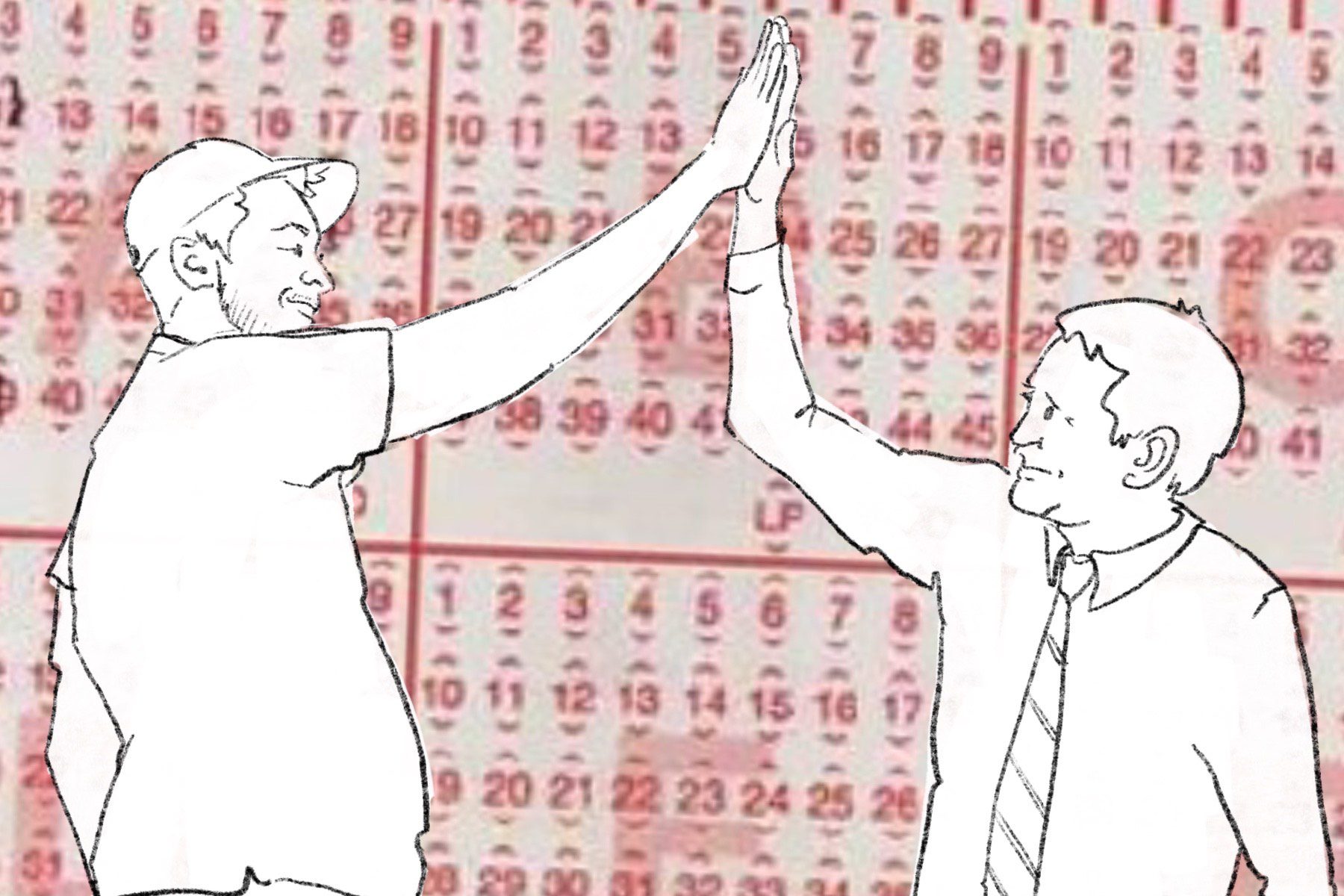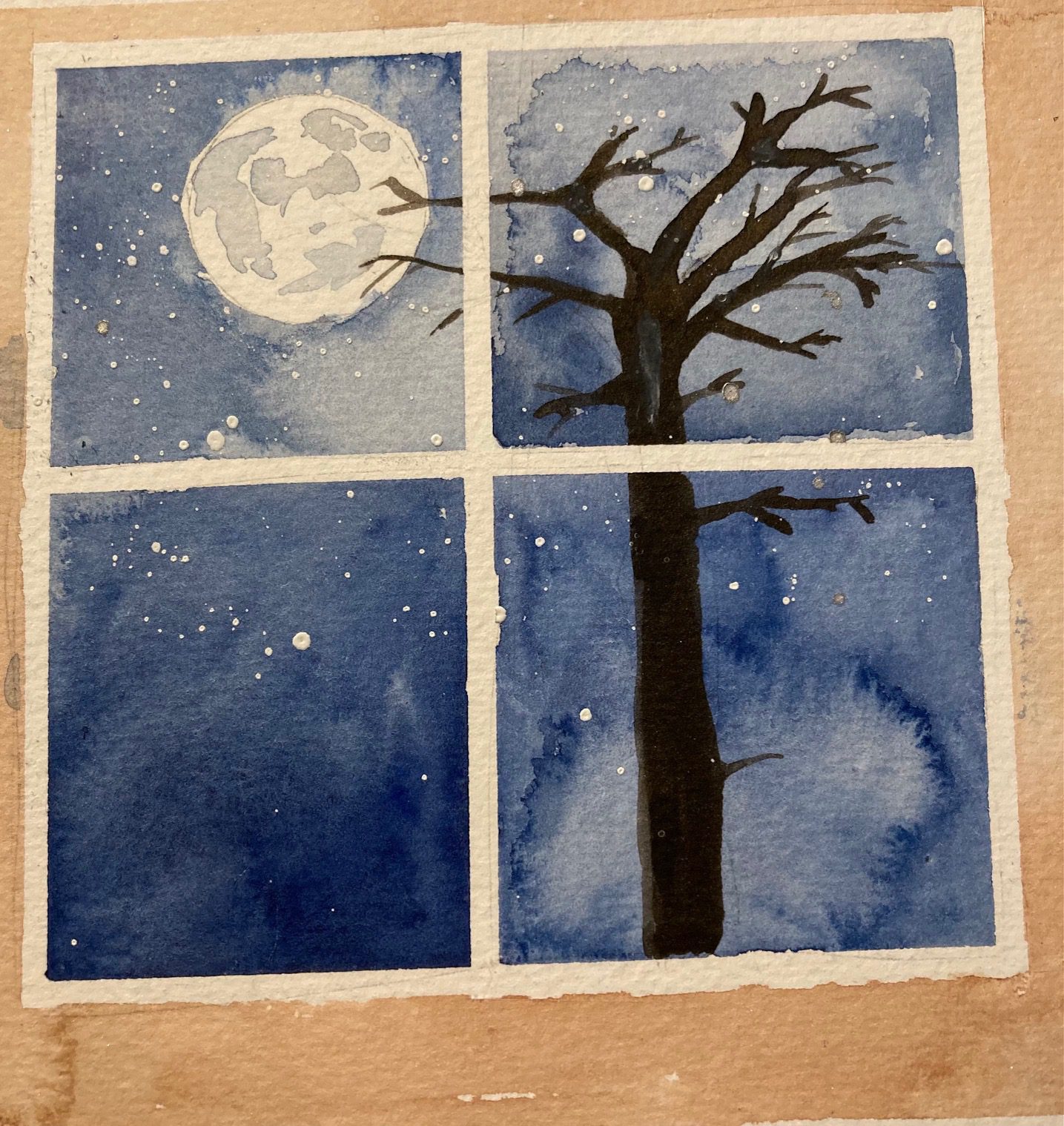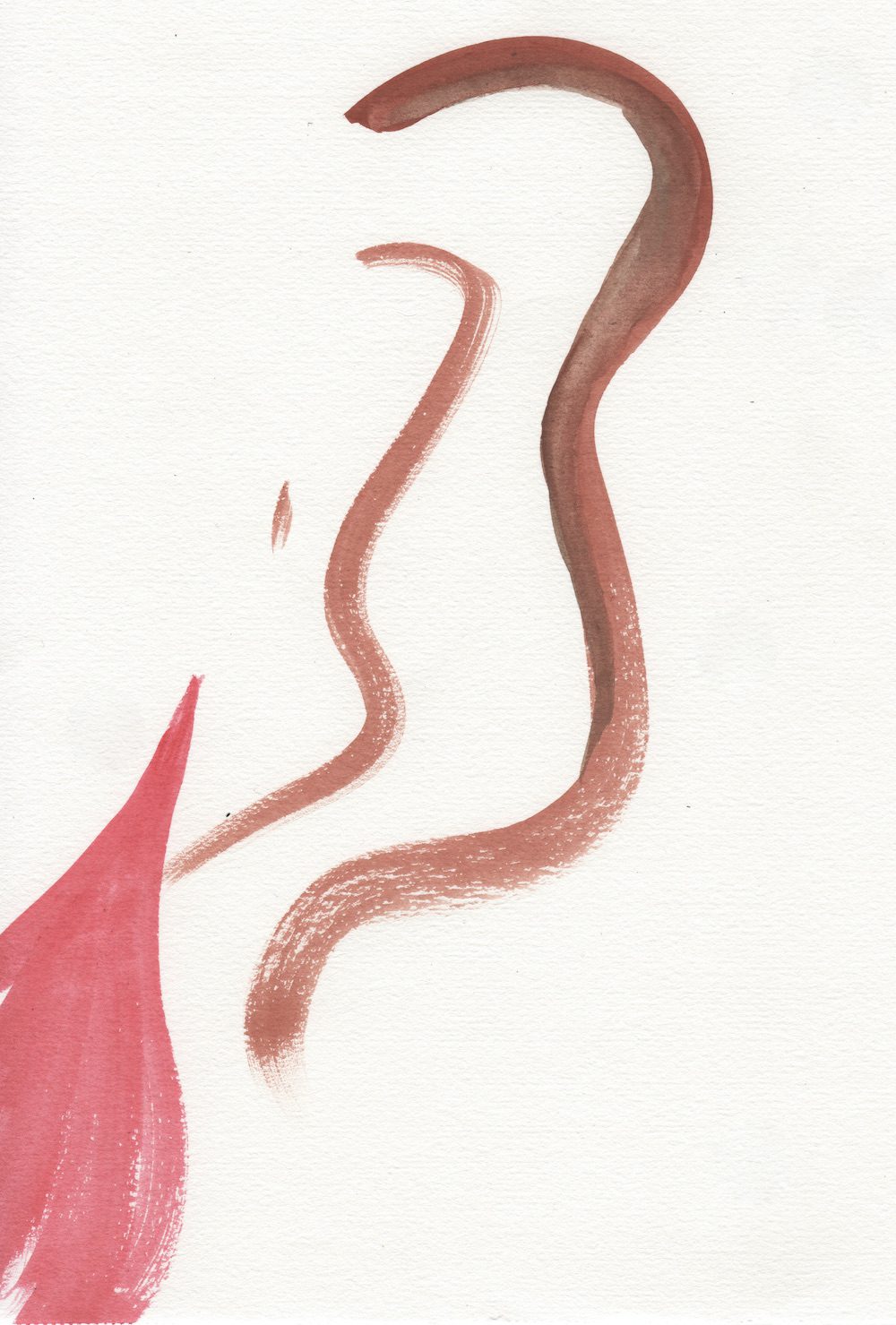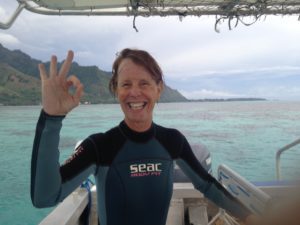
This essay is excerpted from the memoir Harley and Me: Embracing Risk on the Road to a More Authentic Life.
***
I’m living on the island Mo’orea in French Polynesia. (Look on a globe. Find Hawaii, then draw your finger south, south, even more south. See that freckled sprinkling of islands floating there? That’s where I am.) I’m staying here for the next three months, licking my wounds after the end of my 25-year marriage, hanging out at the UC Berkeley Gump Field Station, sharing space with students and professors from universities around the world, many of them studying coral-reef ecology. I love seeing them working on their projects, studying levels of damselfish aggression, and how sediment on the algae influences the herbivorous fish that eat the algae. Many of them are studying, in one form or another, the amazing coral regeneration currently taking place right before our eyes.
The idea of regeneration resonates with me as I try to find my new place in the larger world. It feels like I’ve run at least 20 marathons in the year and a half since my marriage ended, just surviving the challenges and upsets, learning how to hang in no matter what. Back in Los Angeles, I live in a studio apartment over a garage; a life that used to fill 2,000-suburban-square-feet shared with three kids, a dog, and husband has been pared back until it’s just me, tender at the bone, fitting into 400-city-square-feet.
When my youngest left for university this past fall, the all-consuming child-rearing portion of my life came to a bittersweet end, leaving me to figure out who I was and where I was going.
I’m looking to these scientists to help me find my way.
I learn from them that prior to 2008, the coral reefs surrounding this small triangular island located 14 miles southwest of Tahiti had been subjected to relatively few natural disturbances over several decades. The well-developed coral reef and lagoon were in excellent condition. Then a pair of events occurred that changed everything. First, the migratory crown-of-thorns sea star, Acanthaster planci (many people know sea stars as “starfish”), moved into the area wholesale and ate all the coral it could get its greedy little teeth around. As a result, the sea star population swelled, and with ever-more mouths to feed, consumed everything in sight. When all the coral was gone, the crown of thorns population crashed because it had nothing left to subsist on. Then, in 2010, Tropical Cyclone Olie wandered close to the tiny island, wreaking havoc, churning up the bay and destroying what few coral hold-outs might have escaped the sea-star clutches. It was all death and destruction. The researchers were in a panic. Was this the end of the coral reef? These two events radically changed the entire fragile ecosystem that supported not only the reef fish and mollusks that lived in the coral but the countless people who fed on those fish and mollusks, and the fishermen who made their living catching them. A coral reef is basically the nursery of the ocean. Doom here foretells a much bigger problem.
But as the elders on the island knew and tried to tell the researchers, the story doesn’t stop here. Don’t fish in the lagoon, the elders said, and wait.
As a result of the wiped-out coral, the algae that normally grew in the area in began to take over, thriving in sudden abundance where the coral had once been. Because of the massive, new surge of algae, the population of herbivorous fish who eat the algae was the next species to explode. Those fish (the ones the elders said to stop fishing) then ate the algae back, clipping it down to its very base and thereby clearing and cleaning the surface for a new generation of coral to take root in the fertile beds now free of the crown-of-thorns sea stars.
Sure enough, biodiversity began to reassert itself. The coral was coming back.
The scientists here set out everyday with questions in mind and a plan of observation and experimentation to see if they can answer them. During the rainy season, they are stopped in this process with the torrential downpours. But when the rains calm and the silt settles and the waters clear, it’s back to business studying life on and around the coral reef.
I am fascinating by this process. I love watching and talking with the scientists, am thrilled with the questions they ask, and the fact that they plan to keep going out into the bay, time and again, looking, looking and looking until they either prove or disprove their theories, hoping, more than anything, to understand something new about the coral ecosystem.
What I love the most is the way they value their own curiosity and consider their explorations part and parcel of what they do. I want to adopt that attitude more in my own life, to not be so hesitant to step out of what I do know to explore what I don’t.
I spend my evenings the open-to-the-elements house in which I live, huddled in my bed, swathed in mosquito netting, watching TED lectures on my iPad. One, featuring journalist George Monbiot, focuses on the re-wilding of Yellowstone National Park.
Re-wilding, like the natural regeneration taking place on the coral reef, speaks to me of rebirth. Perhaps I am re-wilding my own ecosphere.
Humans, Monbiot points out, evolved during times a lot more threatening than now. “We still possess the fear and the courage and the aggression to navigate those times,” he says, but in our safe and comfortable contemporary lives, we don’t get to experience that wilder side of ourselves. The dominant aim of industrialized societies has been to conquer uncertainty, to know what comes next. “We’ve privileged safety over experience and we’ve gained a lot in doing so, but I think we’ve lost something too.”
He considers Yellowstone. During a 70-year absence of wolves in the region, the elk population took over the park and ate almost all vegetation despite human efforts to control them. Then, the wolves were reintroduced in 1995. First just 14 wolves and then 17 the following year. That was it. Thirty-one wolves added to the mix of this iconic park encompassing nearly 3,500 square miles.
When the wolves were re-introduced, they ate the elk, exactly as scientists expected. What wasn’t expected was how the wolves’ presence changed elk behavior. The elk now avoided parts of the park where they might be easily trapped, like valleys and gorges. Those places, in turn, started to regenerate. The valley sides, previously razed by elk, now sprouted forests of trees. Birds came, songbirds and migratory birds, great swaths of them. The renewal didn’t stop with the trees and the birds. Beavers were next. Because beavers like to eat trees, the new abundance of trees meant more beavers, who in turn built dams in the rivers that then provided a habitat for other creatures: otters, muskrats, fish, ducks, reptiles, amphibians.
In addition to killing elk, the wolves also killed coyotes. The animals that are naturally prey to coyotes such as rabbits and mice experienced population growth and in turn attracted hawks and weasels and foxes and badgers. The birds of prey were not far behind, happy to feed on the carrion created by the wolves. Bears, too, increased in number, feeding on the carrion and new berries produced by the regenerating shrubs.
As a result of this handful of wolves, the waterways began to meander less, erosion lessened, channels narrowed, and more pools formed, Monbiot explained. “The rivers changed in response to the wolves” because the regenerating forests stabilized the banks so that they collapsed less often, so that the rivers became more fixed in their course. “So the wolves, small in number, transformed not just the ecosystem of Yellowstone National Park, this huge area of land, but also its physical geography.”
Hearing this, I can’t help but wonder about the changes in my own life that have occurred in the past two years, allowing similar regeneration. By leaving my comfortable life and striking out on my own, I opened my life to predators I had set up barriers against, barriers that had stood in place my entire adult life. Now I would have to stare down those predators. How would I pay the bills as a single mother with kids in college? What was I going to do about that rat under the sink? How would I deal with a broken-down car on my own? Who was I going to talk to at 3 a.m. in the wake of a nightmare? Who would nurse me when sick? How was I going to navigate my sexual behavior as a newly single woman?
Even to get to this place of questioning took wholesale destruction. But then again, the coral was all but destroyed by the sea star. The hungry wolves consumed the elk. I left behind the family structure I’d spent 25 years building and felt as if my viscera were being pulled out of me. Everything: decimated.
Looking out on the bay in Mo’orea today takes me back to being a kid in Sequoia National Park. We camped there every year and trailed National Park Rangers as they explained that world to my siblings and me, teaching us to distinguish between Sugar, Jeffery, and Lodgepole pines, how to identify the various birds, and helping us understand the complex web that made up the coniferous forest. My favorites, of course, were the giant sequoias, the world’s most massive trees. Even as a young child, I felt a great affinity with them, something about my red hair seemed to connect us. I learned that tannin in the sequoia’s bark colored the bark and protected it from insects and fire. The effects of past fires can be seen whenever you walk in a sequoia grove. Unsightly black scars, in some cases centuries old, mark virtually every one of the larger trees with what I picture as a badge of honor. Not only do most mature sequoias exhibit fire scars, but I’ve seen several in which the entire heart of the tree has been burned out and within which I can stand and look up through the shell, like a giant chimney, and view the sky. And yet, those burnt and disfigured trees continue to live. A ranger once told me that as long as one centimeter of the cambium layer running up the side of the tree remained unharmed by fire, the tree could still regenerate. These trees are massive – the largest living things on Earth — and it only takes one unharmed centimeter for a chance at recovery.
Walking through a sequoia grove and seeing all the fire scars, each following its own painstakingly slow pace of recovery, is a balm.
Yet it has been man’s misplaced efforts to enforce an unnatural degree of security that harmed the sequoia groves more than anything. The National Park Service going back to the 1900s mandated fire suppression. It was wrongly assumed that fire is a bad thing, always a source of death and destruction. But life and nature are much more nuanced than that. It’s hard to find things that are simply good or bad. Water is the source of all life – without it, we quickly die. And yet, through rain, ice, snow, and erosion, it’s probably the most natural destructive force on the planet. The key role fire plays in the survival of sequoias (like the key role risk and sensation seeking play in my own life) was not apparent for a long time. But the truth is this: without fire, sequoias cannot survive.
Sequoias need fire for three reasons: 1) It clears out excess underbrush that has accumulated over the years, allowing sunlight to reach tiny sequoia seedlings; 2) In order to release their oatmeal-flake-like seeds, sequoia cones need to dry out and open; fire is the most effective agent for this process; and 3) The ash remaining on the forest floor after a fire makes a perfect natural fertilizer, creating the ideal soil bed for the newly released sequoia seeds.
Take away fire, and you have no more newness, no more regeneration. No more sequoias. You also have no more fire scars, no more regal proclamations of the tenacity of the species.
I look at my own life. By demanding security and finding it in a suburban home with well-behaved children and a come-home-every-night-after-work spouse, I had removed predators and keystone species.
By returning to my more primeval impulses that call for edginess, for lack of security, for audacity, for risk, I hope to open my own personal life to the very biodiversity that makes for richness of experience.
Here on Mo’orea I experience wonderful write-the-folks-back-home kind of moments: swimming with sharks and stingrays, snorkeling the coral reef, drinking coconut water straight from the nut itself. There are also challenges: rains that wash the road away requiring my help to rebuild it, mosquitos that plague and threaten with their Zika-virus potential, the persistent stink of mildew when it’s wet. Fun in the sun and challenges in the rain come together, as happens in all of life. If I had come here as a tourist I could have stayed in a nice hotel and insulated myself from much of the havoc. But I didn’t want a tourist’s experience of Mo’orea.
And I don’t want a tourist experience of my life.
To have a rich life, I need biodiversity. I need it all. The moments of security and the moments of risk. The times I say “fuck it” and the times I buckle down and get to work. The times I sacrifice for my children, my job, my loved ones. And the times I claim my own moment in the sun. One side without the other is not balanced. My life, until now, has been one long surrender. That isn’t good for me, for my children, my family, my friends. I have been only half alive. The only way to be truly present, I am learning, is first to be truly present to myself. To experience my wildness fully. To reintroduce risk and biodiversity. To ask question like the researchers. To not know. To risk the wolves, the fire, the sea stars. To be willing to evolve or die.
When I my marriage was ending, I learned to ride a motorcycle and studied this truth about physics: When trying to make a hairy turn on a motorcycle, you cannot pull back, you cannot go half way. If you fail to give it your everything, you will not make that turn. To survive, you have to take the counterintuitive approach. Lean into what scares you with all your might. Throw your body into that turn even when it feels like it will kill you. Push yourself in the direction of your fears.
And let yourself soar free.

